Huaphan: A hidden gem for both adventurers and food lovers
Nestled in the rugged mountains of northeastern Laos, Huaphan province is a land of breathtaking landscapes, rich history, and a culture deeply rooted in tradition.
While it remains one of Laos’ lesser-explored destinations, those who make the journey are rewarded with stunning limestone karsts, misty forests, and warm hospitality.
However, one of the biggest draws of Huaphan is its unique culinary heritage—especially its famous Xamneua laap, a meat salad that sets this province apart from the rest of the country.
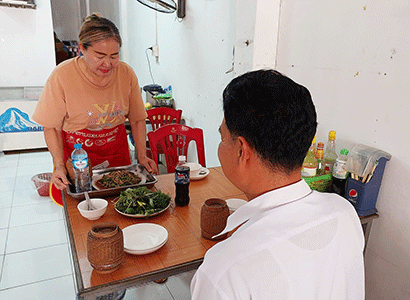 |
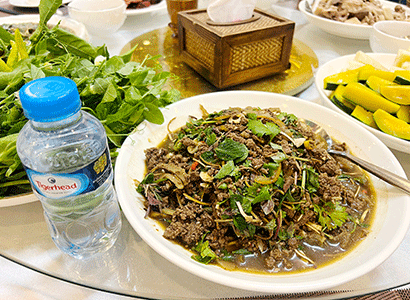 |
Xamneua laap and other dishes await diners.
|
Laap, a national dish of Laos, is found in every province, but Huaphan’s version stands out due to its distinct ingredients and preparation methods. Here, laap is more than just food—it is a reflection of the province’s rich biodiversity and cultural identity.
Unlike the milder versions found in Vientiane or Luang Prabang, Huaphan’s laap is known for its bold flavours and strong herbal aroma. The meat, mainly beef, is finely minced and mixed with pungent local herbs, roasted ground rice, and an intense blend of spices, creating a dish that is both fragrant and deeply flavourful. Some variations are eaten raw, while others are lightly cooked, depending on family traditions.
A key ingredient that makes Huaphan’s laap unique is mak ken, a type of local pepper that gives the dish a slightly numbing, citrusy kick. Another ingredient that makes the Xamneua laap different is cow’s skin. These ingredients are foraged from the forests, making Huaphan’s laap a true farm-to-table experience.
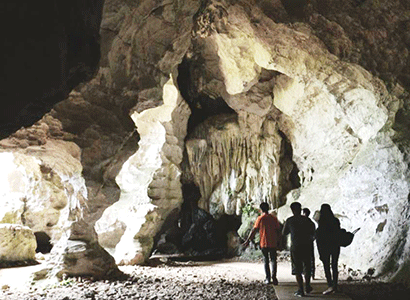 |
One of the caves used by revolutionary leaders during the Indochina War in Viengxay district, Huaphan province. --Photo Tourism Laos
|
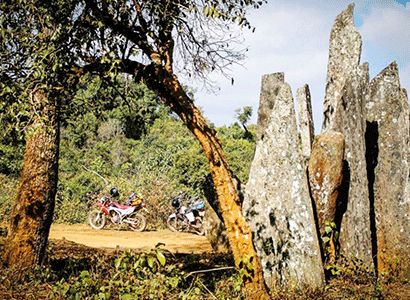 |
Hintang archaeological park. --Photo Tourism Laos
|
Additionally, more varieties of local vegetables are served with laap, making it more varied and different compared to the dishes found in other provinces.
Visitors to Huaphan will find authentic laap at local markets, family-run restaurants, and village feasts.
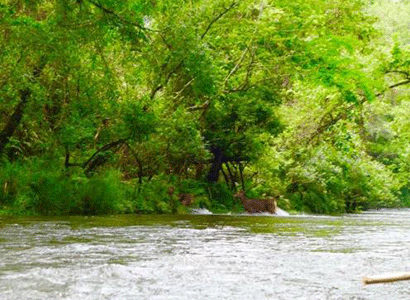 |
A river in the Nam Et- Phou Louey National Protected Area in Huaphan province. --Photo Tourism Laos
|
In Xamneua, the provincial capital, eateries serve laap together with sticky rice, grilled river fish, and bamboo shoot soup. If you’re lucky enough to be invited to someone’s home, you may experience a Baci ceremony, where laap is a centrepiece of the celebrations.
For adventurous foodies, exploring local markets offers a glimpse into the province’s diverse ingredients. Vendors sell fresh wild vegetables and rare herbs, all of which contribute to Huaphan’s unique cuisine.
While the food alone is worth the trip, Huaphan is also home to some of Laos’ most fascinating cultural and natural attractions.
Viengxay Caves: A must-visit for history buffs, these caves served as the revolutionary headquarters of the Pathet Lao during the war. Exploring the underground tunnels gives visitors a good idea of what life was like during Laos’ struggle for independence.
Nam Et-Phou Louey National Park: Wildlife enthusiasts can embark on a night safari, spotting rare species like clouded leopards and civets in one of Laos’ most pristine forests.
Traditional Weaving Villages: Huaphan is famous for its intricate textile weaving. A visit to the villages of Sop Hao or Xamtay reveals master artisans creating handwoven silk using centuries-old techniques.
Huaphan province is a destination for those seeking authentic experiences, rich culture, and bold flavours. Whether you’re trekking through the mountains, discovering historical sites, or indulging in its legendary laap, Huaphan offers a journey unlike any other in Laos.
By Keoxomphou Sakdavong
(Latest Update May 26, 2025)
|






